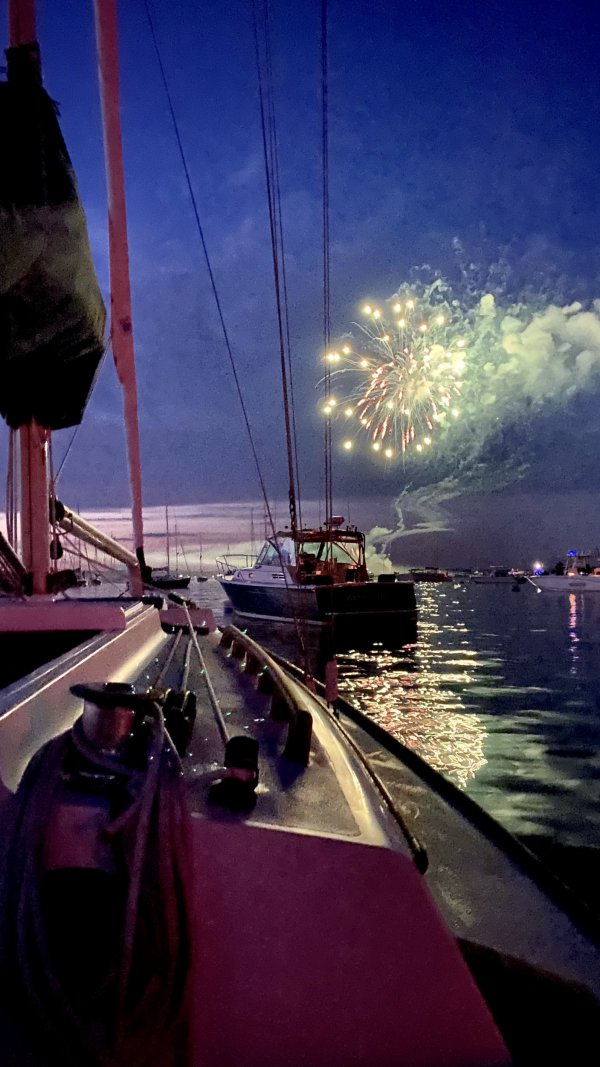Brad,
Also regular listeners to unamplified live music diverge greatly in their system approaches. Why is that? Because each listener has different preferences and priorities with respect to which aspects of live music they want to have expressed best. All system approaches have inherent compromises, and the individual listener is choosing which compromise fits them best. So no, not all approaches lead to equivalent outcomes, but different audiophiles choose the outcome that they like best.
What most closely resembles the real thing will differ for each listener. Unlike what you claim, while regularly disparaging other system types that you do not like, there is no universal "truth" in that, with one particular approach necessarily being superior (unfortunately you are not the only one on WBF who does that, BTW). Not every listener values in the same way the same things you do, and unlike you appear to claim, there is no objective standard as to what to value most in reproduction in relation to the real thing that has it all. It is up to the individual listener's preferences and biases. You have your personal biases, others have theirs. Where one prefers to sit in the concert hall will lead to its own biases regarding what to expect from reproduction, by the way.
Ok, so two things:
1. You have now narrowed it down to regular listeners of unamplified music. Of which there are very very few on this forum
2. Of the ones in point 1, those who listen to gear too. By your own admission, you are not convinced (to whatever percentage of convince) about SETs horns because you have heard Volti at a show, and corner horns.


